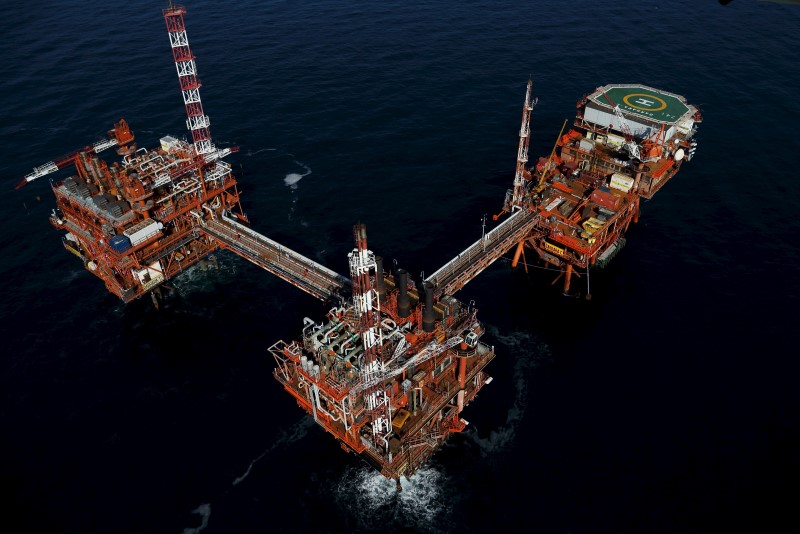Oil Falls as Weak Chinese PMI Feeds Demand Fears
2022.10.30 23:34
[ad_1]

© Reuters.
By Ambar Warrick
Investing.com– Oil prices fell on Monday after weaker-than-expected Chinese business activity data brewed fresh fears over slowing crude demand, although expectations of tightening supply in the coming months helped limit losses.
London-traded fell 0.8% to $92.98 a barrel, while fell 0.5% to $87.42 a barrel by 22:31 ET (02:31 GMT).
Data showed that China’s unexpectedly shrank in October, as did . The reading, coupled with a recent resurgence in local COVID-19 cases, drove widespread concerns that crude demand in the world’s largest oil importer will remain subdued in the coming months.
Markets remained wary of any more economic disruption in the country, after Beijing recently reiterated its commitment to maintaining its strict zero-COVID policy.
The policy is at the heart of China’s economic woes this year, and has weighed heavily on Chinese crude demand, denting oil prices. This trend is expected to continue in the near-term, with Chinese industrial hubs such as Wuhan and Chengdu recently reintroducing more COVID-linked curbs.
Still, losses in oil prices on Monday were limited by expectations that slowing U.S. production and supply cuts by the Organization of Petroleum Exporting Countries will tighten crude markets in the remainder of the year.
The prospect of tightening supply has helped crude markets weather headwinds from slowing economic growth. Crude prices fell sharply from two-year highs hit earlier in 2022, as markets feared that rising inflation and interest rates will weigh on global oil demand.
Focus this week is on the , which is broadly expected to raise interest rates at the conclusion of a two-day meeting on Wednesday.
The central bank is expected to hike rates by 75 basis points- its fourth such hike this year. But traders are betting that the Fed will soften its pace of interest rate hikes from December.
Data last week also showed that the performed better than expected despite elevated interest rates and inflation, with gasoline demand remaining robust in the country.
Still, rising inflation, which remains pinned at a near 40-year high, is expected to keep economic activity subdued in the coming months. The Fed’s potential dovish tilt will also do little to ease pressure on the economy, given that U.S. interest rates are already at their highest level since the 2008 financial crisis.
[ad_2]
Source link








